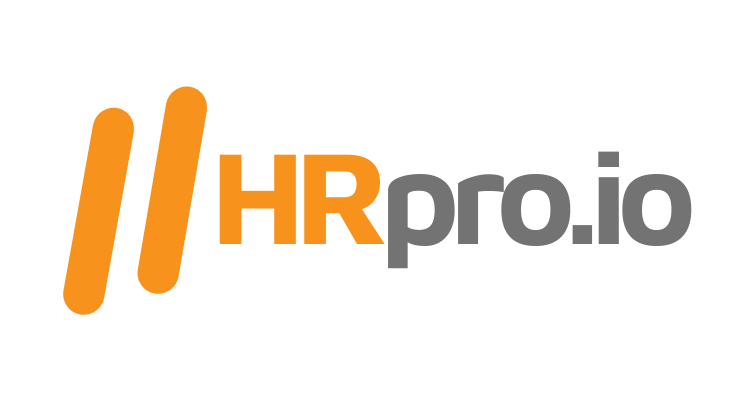For CFOs looking to gain more control over their organization’s healthcare expenditures, self-funding offers a unique opportunity. By eliminating the middleman—traditional insurance carriers—companies can directly manage their healthcare costs. This means that organizations can customize their plans, adjust coverage as needed, and only pay for the claims that arise.
One of the primary advantages of self-funding is the flexibility it provides. Organizations can design a benefits plan that aligns with their specific needs and goals. For example, a company with a younger, healthier workforce may find that a high-deductible health plan (HDHP) paired with a health savings account (HSA) is a cost-effective solution. Conversely, an organization with a higher proportion of employees with chronic health conditions may benefit from a more comprehensive plan.
Additionally, self-funding allows organizations to implement wellness programs that can lead to healthier employees and lower healthcare costs. By investing in preventive care and wellness initiatives, organizations can reduce the incidence of chronic diseases, which are often the primary drivers of healthcare costs. This proactive approach not only benefits employees but also contributes to the organization’s bottom line.
Another key benefit of self-funding is the potential for improved cash flow management. Traditional insurance plans require companies to pay premiums upfront, regardless of claims. In contrast, self-funding allows organizations to retain funds until claims are incurred, providing greater flexibility in cash flow management. This can be particularly advantageous for organizations with fluctuating cash flow or seasonal revenue patterns.
However, it’s essential for CFOs to conduct a thorough analysis before transitioning to a self-funded model. This includes evaluating the organization’s risk tolerance, financial stability, and employee demographics. Additionally, organizations should consider the administrative requirements of self-funding, including claims management and regulatory compliance.
In summary, self-funding offers CFOs a powerful tool for gaining control over healthcare expenditures. By customizing benefits plans, implementing wellness initiatives, and improving cash flow management, organizations can achieve significant cost savings while enhancing employee satisfaction. As healthcare costs continue to rise, self-funding may be the key to a more sustainable financial future.

Recent Comments